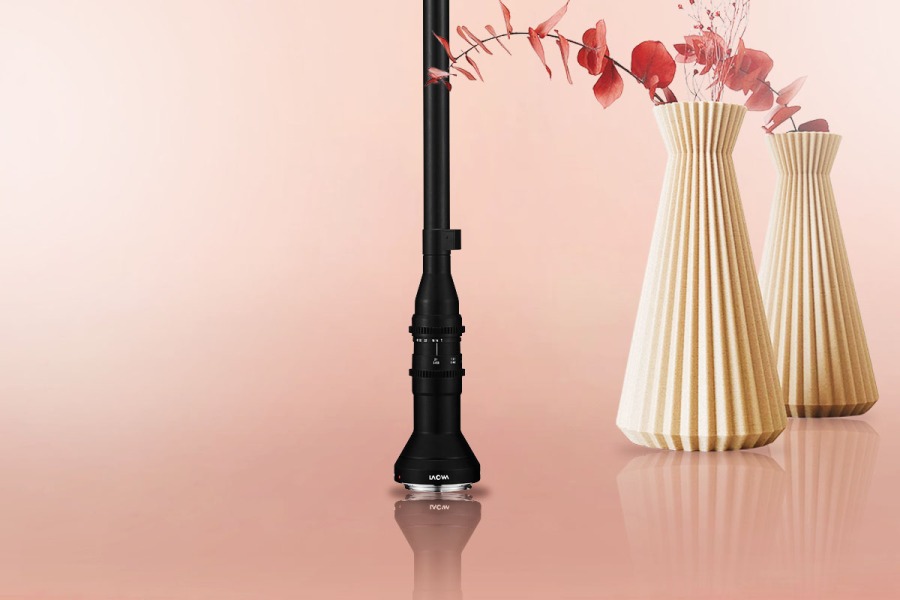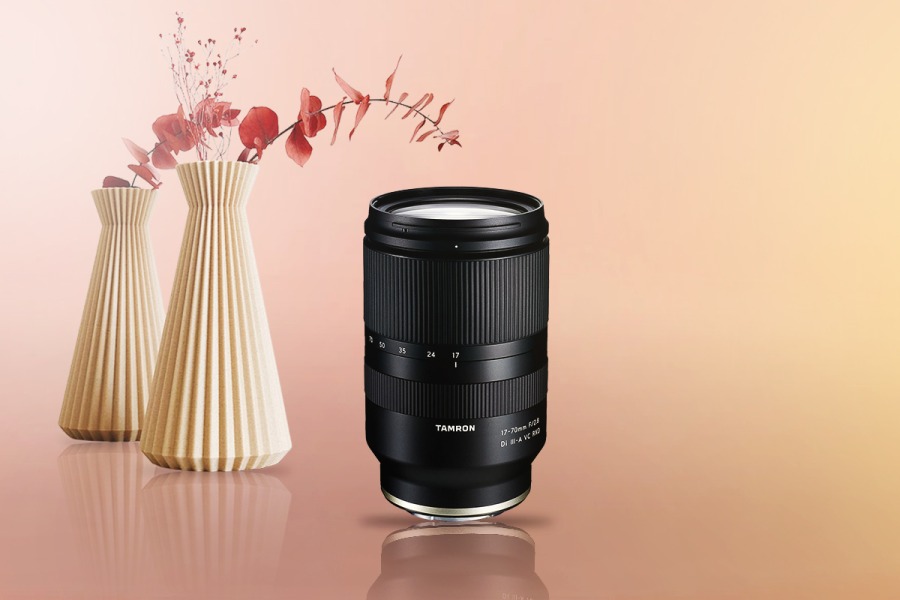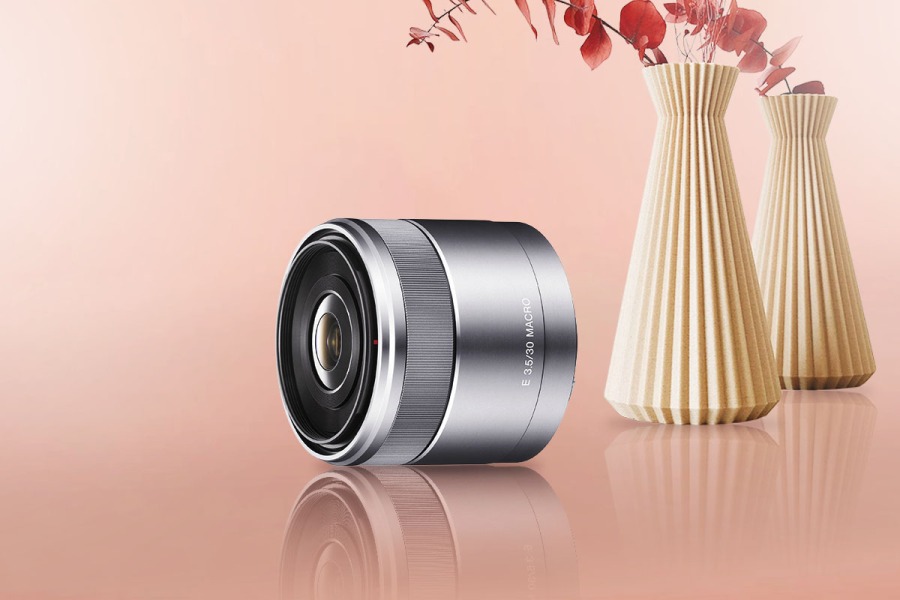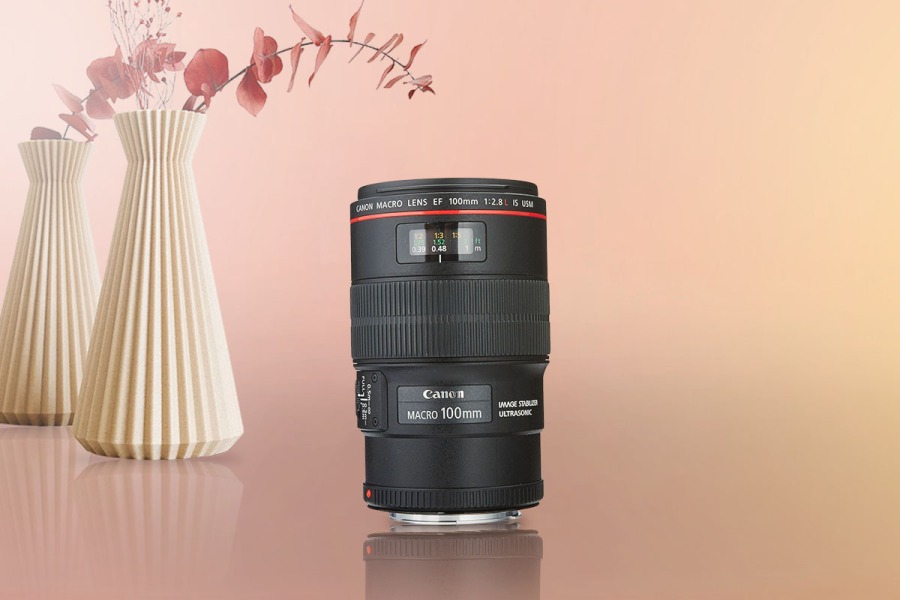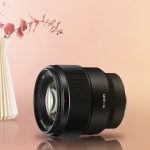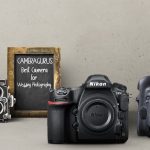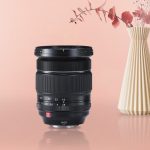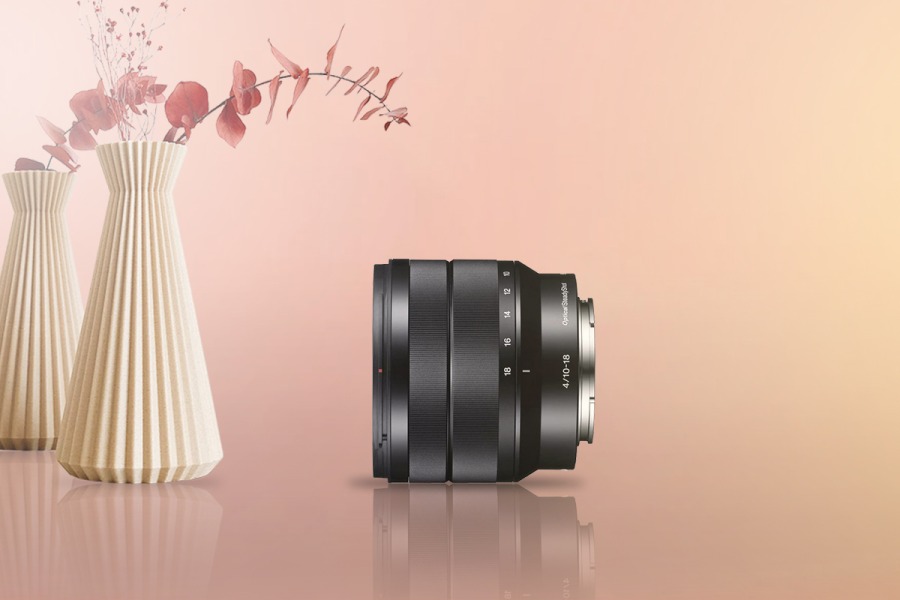
Aquarium photography is among the most exciting photography of the different types you may know.
While taking pictures in an aquarium, you will have lots of reflections because of the glass walls encountered there.
However, many new things in technology make this issue relatively quick to be solved! This article will find the top five picks regarding the best lenses for aquarium photography.
A Quick Look At My Favorite Aquarium Photography Lenses
| Image | Product | Features | Price |
|---|---|---|---|
Best Overall  | 10 | Check Price On Amazon | |
Most Versatile 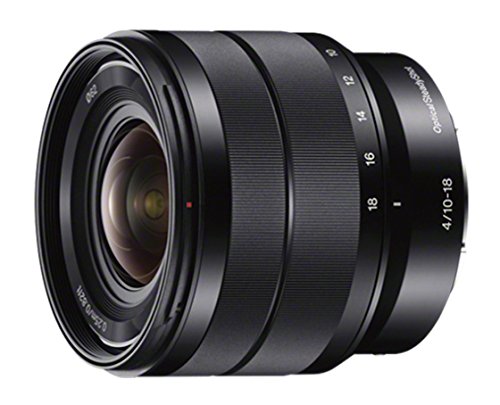 | 9 | Check Price On Amazon | |
Best Mid-Range  | 8.6 | Check Price On Amazon | |
Best Compact  | 8.5 | Check Price On Amazon | |
Best Value  | 8.6 | Check Price On Amazon |
Key Takeaways
- Taking pictures at the aquarium is challenging because of all the reflections caused by the glass.
- There’s no need to fear because there are specialist lenses that will produce stunning aquarium images.
The Venus Laowa 24mm f/14 2X is the most outstanding lens you can get for your aquarium photography. - The Sony SEL30M35 30mm f/3.5 is a relatively small lens that also takes fantastic pictures.
- Therefore, you can capture fantastic pictures of your fish within the aquarium by utilizing these incredible lenses.
The Top 5 Best Lenses For Aquarium Photography
5. Venus Laowa 24mm f/14 2X – Best Overall
What I Like
- Super Versatile
- Waterproof Front Barrel
- Great Bokeh Effect
- Great Ability to take Macro Shots
What I Don’t Like
- No Autofocus
- Expensive
Starting with an amazing and also interesting lens, the Venus Laowa 24mm f/14 2X. It is a great lens that is compatible with many different cameras. What is special about this lens is that it can also be considered an all-in-one lens, since it is a macro lens, a telephoto lens, a standard lens, and also it can be considered a wide-angle lens because of the 85-degree angle of view.
When it comes to looks, this lens has a totally different look from the ones that we are used to seeing. It is a very long lens, and also it is lightweight weighing only 474 grams. It is a portable lens as well, even though a long one. The specialty of this lens comes from its waterproofness. The tip of the lens (front lens barrel) is fully waterproof so that you can take pictures even inside the aquarium.
This lens owns 27 elements that are divided into 19 groups. It also features a 7-blade rounded aperture, which helps during taking pictures using the impressive bokeh effect. The maximum aperture that it can work at is f/14, and even though it may sound quite small, you don’t have to worry at all, since that’s what macro lenses are about. When it comes to the focal length as you can see in the title it is a 24mm fixed focal length. Therefore, the focus of this lens works fully manually; you have to set it before you start shooting.
Why should you buy it?
Relying on its name, this one is a very compact tripod with excellent ergonomics; at the same time, it is packable.
Venus Laowa 24mm f/14 2X Sample Photos
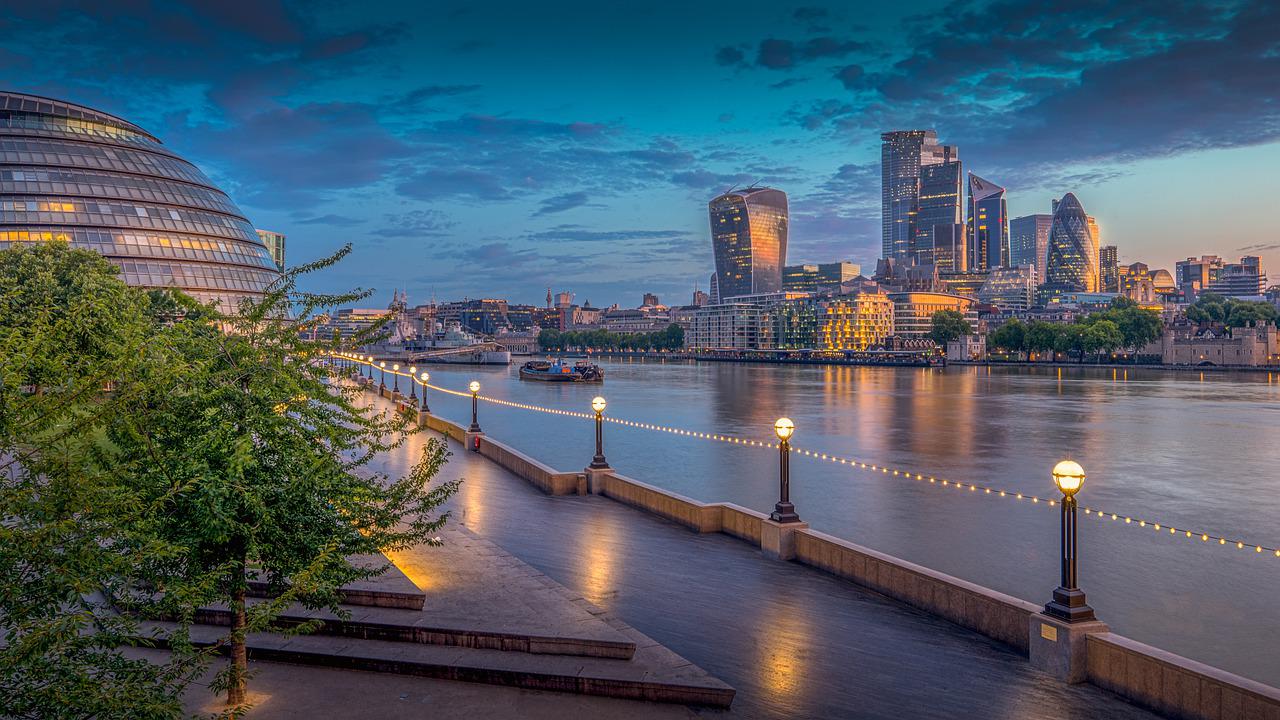


4. Sony – E 10-18mm F4 OSS – Most Versatile
What I Like
- Small and Lightweight
- Great Zoom
- Great Focus
- Brings Detailed Pictures
What I Don’t Like
- Not Resistant
- Pricey for Some
The Sony – E 10-18mm F4 OSS lens belongs to the group of wide-angle lenses since it brings a field of view of 109 and 76 degrees. It is amazingly compatible with many different cameras that come from the same brand that it does, the famous Sony. When it comes to shooting aquarium photography, this lens delivers amazing things!
Design-wise this lens is definitely normal and fully differs from the one already mentioned above. It measures 2.52 x 2.76 x 2.76 inches while it weighs only 7.9 ounces; 223 grams. Portability is more than easy, because based on the size and the weight of this lens, it fully deserves a place in your bag, in this case, while going to an aquarium. Unfortunately, this lens isn’t resistant to anything, but still, while taking aquarium pictures, use the zoom that it provides.
Differing from the first lens already mentioned, this one uses Super ED Glass. It corrects chromatic aberrations, and there are included three aspherical elements, which perform impressively when it comes to the way that the light refracts onto the retina. In this amazing lens is added 7-blade circular aperture, which is divided and adjustable. The minimum aperture works at f/22 while the maximum one works at f/4.0. Being a zoom lens, it has a focal length of 10mm up to 18mm, and the focus works quite well. The minimum focus distance works at 0.82 ft and the maximum magnification ratio goes at 0.1x. On this lens you can also notice the great OSS (Optical SteadyShot) image stabilization) that would help you take pictures without any blur included.
Why should you buy it?
Relying on its name, this one is a very compact tripod with excellent ergonomics; at the same time, it is packable.
Sony – E 10-18mm F4 OSS Sample Photos



3. Tamron 17-70mm f/2.8 Di III-A VC RXD – Best Mid-Range
What I Like
- Moisture Resistant + Fluorine Coating
- Delivers Very Sharp Images
- Amazing Focus
- VC Image Stabilization
What I Don’t Like
- A Bit Big
Tamron as a brand is a celebrity in the world of lenses in general. The Tamron 17-70mm f/2.8 Di III-A VC RXD is a standard lens that in a way can be called a normal lens. However, this lens is known as the whole world’s first high-speed standard zoom lens, which works perfectly with APS-C mirrorless cameras.
The dimensions of this lens measure 4.7 x 2.94 x 2.94 inches and its weight is 1.2 pounds (544 grams). The lens comes in a black matte finish and it is one of the most resistant lenses that you can find. It owns a moisture-resistant construction, as well as it owns a Fluorine coating. A fluorine coating means that you can easily remove any dust that you may encounter while shooting aquarium photography.
This lens brings a superb performance based on the 16 elements that are divided into 12 groups. It is also packed with two Glass Molded aspherical elements as well as one hybrid aspherical element. It owns a 9-blade rounded aperture which works at a large aperture of f/2.8 which is a great one and makes your pictures sharp enough. As long as the focal length is concerned, on this lens, the minimum focal length is 17mm and the maximum one goes up high to 170m. The focus works via the RXD Stepping AF motor; which means that in general, the focus is extra silent, very precise, and accurate. With the VC Image Stabilization, this lens delivers really great aquarium photographs.
Why should you buy it?
Relying on its name, this one is a very compact tripod with excellent ergonomics; at the same time, it is packable.
Tamron 17-70mm f/2.8 Di III-A VC RXD Sample Photos



2. Sony SEL30M35 30mm f/3.5 – Best Compact
What I Like
- Versatile
- Super Lightweight
- Great Bokeh Effect
- Affordable
What I Don’t Like
- No Image Stabilization
- Not Resistant to Dust or Moisture
Sony SEL30M35 30mm f/3.5 is another lens from the Sony brand, which is the most good-looking lens when compared with many others. It is a macro lens, with a fixed focal length. However, this lens is an amazing one for what we need, and that’s why it definitely deserves a place in my article, regarding the best lens for aquarium photography.
As already mentioned above, this lens is a quite good-looking one! It comes fully covered in a silver shiny finish that makes it look really cool when put on any camera from Sony that you may own. The measurements of this one are 2.2 x 2.44 x 2.44 inches while its weight is 4.87 ounces (138 grams). However, unfortunately, this lens is not resistant to dust or moisture, so you may want to be more careful while using it during aquarium photography.
This lens features 6 groups of 7 elements of lenses, as well as it owns one ED glass element, and three aspherical elements. It is packed with a 7-blade circular aperture for a better bokeh effect (blurred background) so that the aquarium photographs you take can be more than perfect. Therefore, the aperture on this lens works with a range of the minimum f/22 and the maximum goes at f/3.5. In general, this type of aperture is mostly used in portrait photography, however, you can take some portraits of the fish that are in the aquarium. The focal length is again fixed on this one, and it works at 30mm. The focus is internal of course; meaning that it is directed toward the subject and based on its movements.
Why should you buy it?
Relying on its name, this one is a very compact tripod with excellent ergonomics; at the same time, it is packable.
Sony SEL30M35 30mm f/3.5 Sample Photos
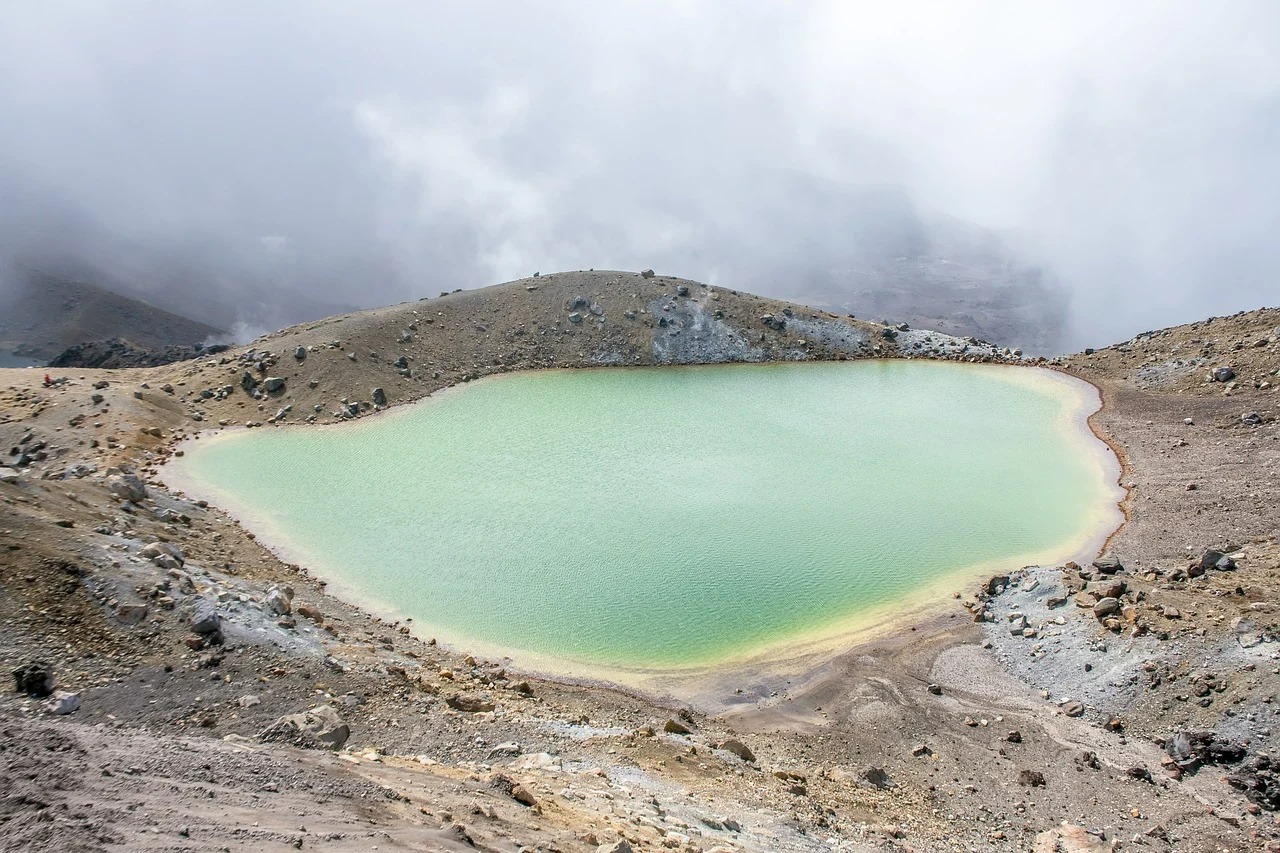
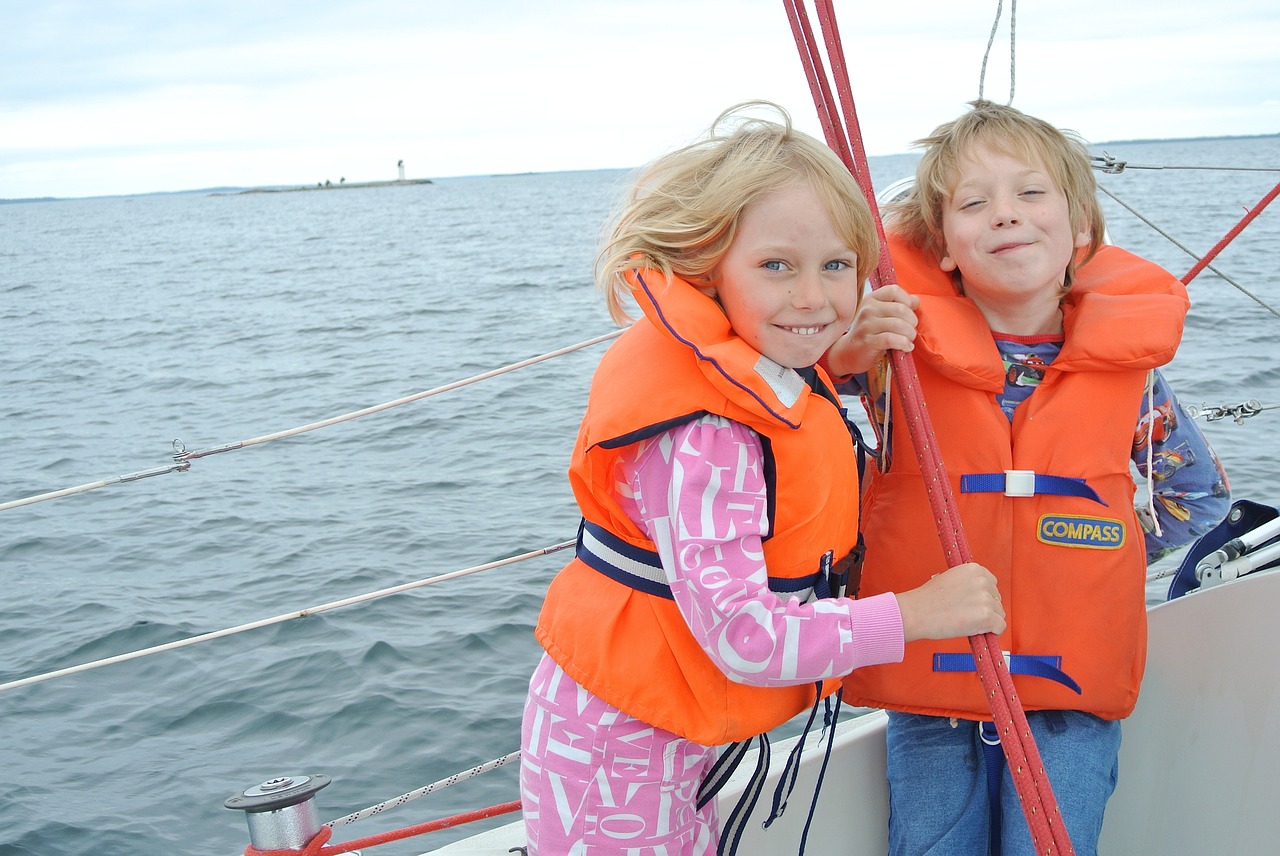
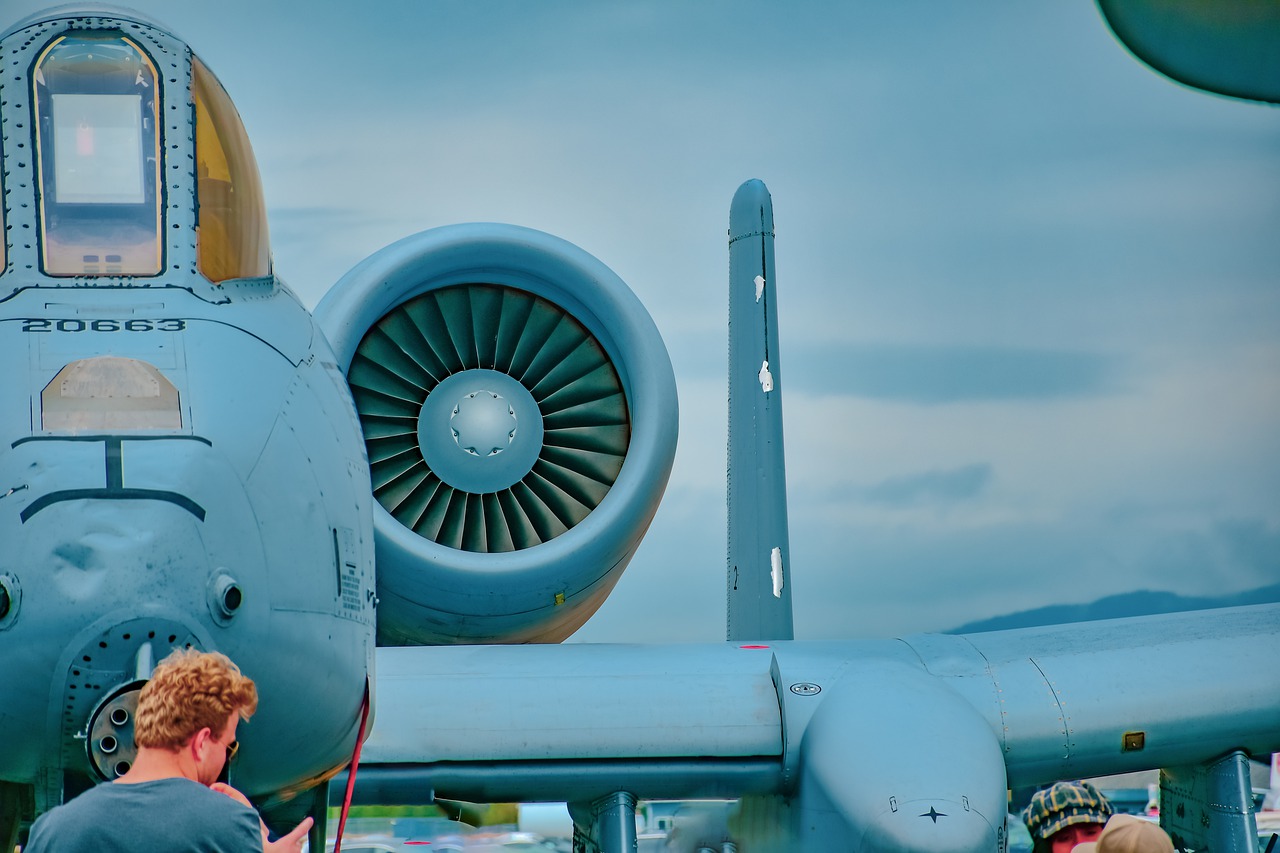
1. Canon EF 100mm f/2.8L IS USM – Best Value
What I Like
- Two Usages: Telephoto and Macro
- Durable – Long Lasting
- Super Spectra Coating is Included
- Delivers Sharp and High-Quality Pictures
What I Don’t Like
- Premium Price Tag
- Some find the Focus not Accurate
The oldest and also the greatest lens, considering that you are searching for the best lens for aquarium photography. The Canon EF 100mm f/2.8L IS USM is indeed an old lens, which keeps doing one of the best jobs when it comes to aquarium photography. It is a fixed telephoto lens that can be greatly used as a macro lens as well. Based on the name, it is an excellent lens for Canon cameras.
At first look, it is one of the simplest designed lenses, but that can also be assured on the fact that I mentioned that it is an older lens. Anyways, this lens measures 4.84 x 3.07 x 3.07 inches and weighs 22.08 ounces (625 grams). It comes in a black matte finish and it is made of quite sturdy materials, which makes the lens a long-lasting one. Again, it is a lens that isn’t listed as resistant to moisture but based on its durability, it can withstand a lot.
This lens’ construction consists of 15 elements in 12 groups, on these elements is also included an Ultra-Low Dispersion Element. What is more, this lens features super Spectra Coating. It is a multi-layered coating, that fully eliminates ghosting and flare, which may be caused by reflections of the aquarium. The aperture is a 9-blade circular one and it works at f/2.8. This lens is also a fixed one, meaning that it only works in one focal length, and this Sony lens has a focal length of 100mm. With the Ring-Type Ultrasonic Motor AF System, the focus is accurate in many ways, and also, the lens owns an Optical image stabilizer that works amazingly even if you want to record videos.
Why should you buy it?
Relying on its name, this one is a very compact tripod with excellent ergonomics; at the same time, it is packable.
Canon EF 100mm f/2.8L IS USM Sample Photos


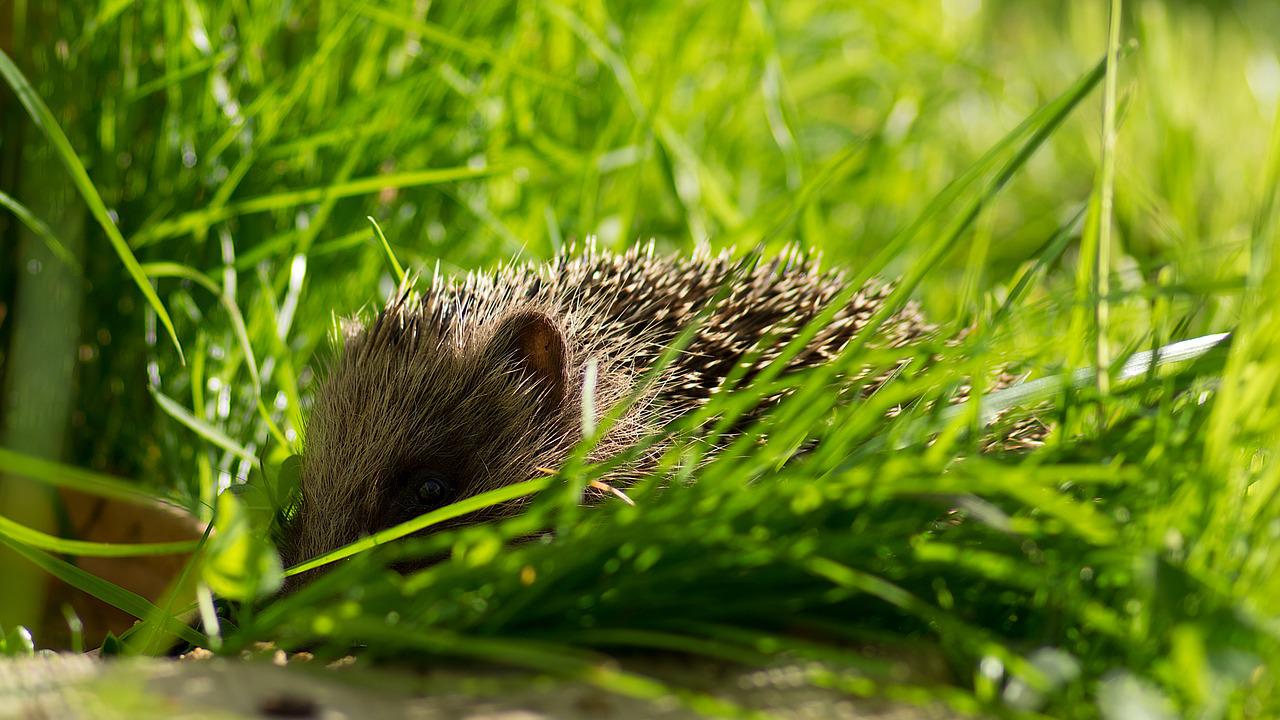
Frequently Asked Questions
Can’t I just use any kind of lens for aquarium photography?
There is no specification on what exact lens you should use for aquarium photography, and when I have to take pictures while in an aquarium, I use every kind of lens! Still, the lenses with a fixed focal length are the best. At least for me! You choose to use whatever you want.
Is Venus Laowa worth it?
You may notice that the Venus Laowa lens is quite different from any other lens that you may have already seen. That makes you question whether it is worth it. Venus Laowa is quite expensive, but if you are a photographer taking only aquarium photos, this lens is definitely worth it.
What should I avoid when doing aquarium photography?
There are two things that you as a photographer should avoid when taking pictures in an aquarium: the reflections and the flash! Reflections will definitely destroy any kind of picture; meanwhile, flashes may hurt the fish that is in there.
Final Thoughts
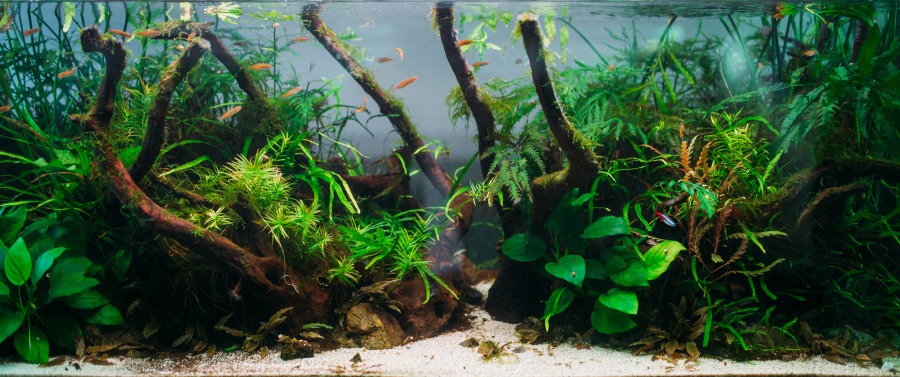
If you own other pets along with fish, you should consider getting yourself a pet photography lens.
To conclude the article on the best lenses for photographing aquariums, I would really like to give you some advice about aquarium photography in general! When it comes to taking the best aquarium photography, you shouldn’t only have the best camera and the best lens to be used on this type of photography.
You should always be careful with the flash! The flash as some of you may know is banned in some aquariums since some types of fish are very sensitive and it may damage them. The only word I can say is Be Careful!

Photographer & Writer
I specialize in landscape, street and portrait photography and I have been featured in various galleries and publications. I believe that photography is a way to tell stories!
